(812) 332-2168 | 2815 East Tenth Street, Bloomington, IN 47408
SP Page Builder
Chapter Eight
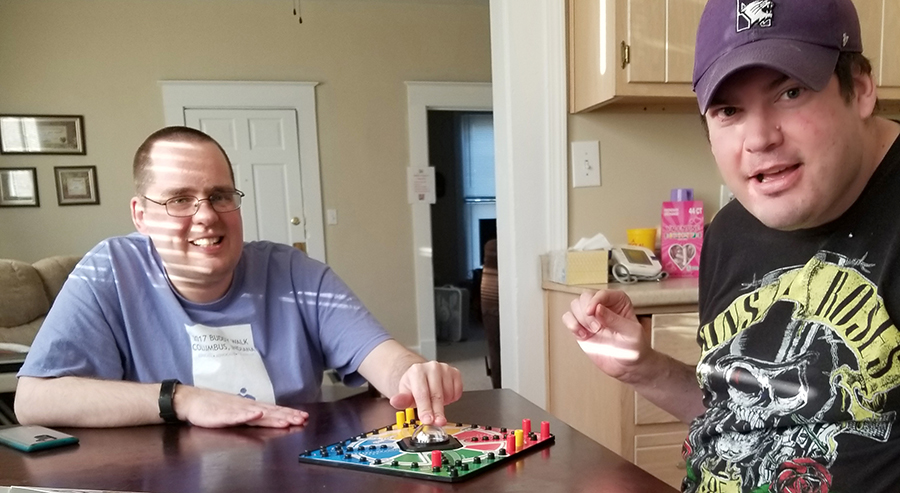
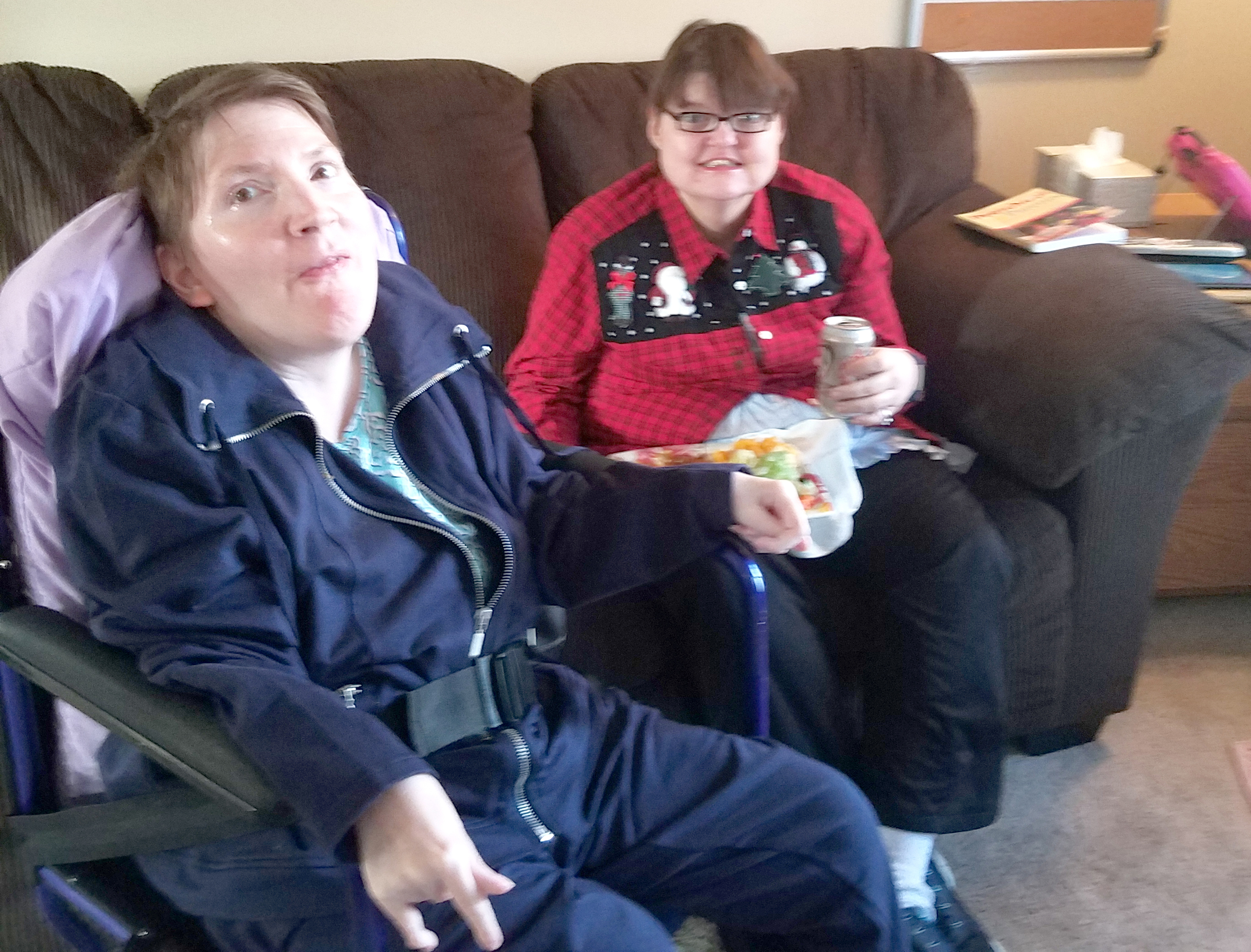
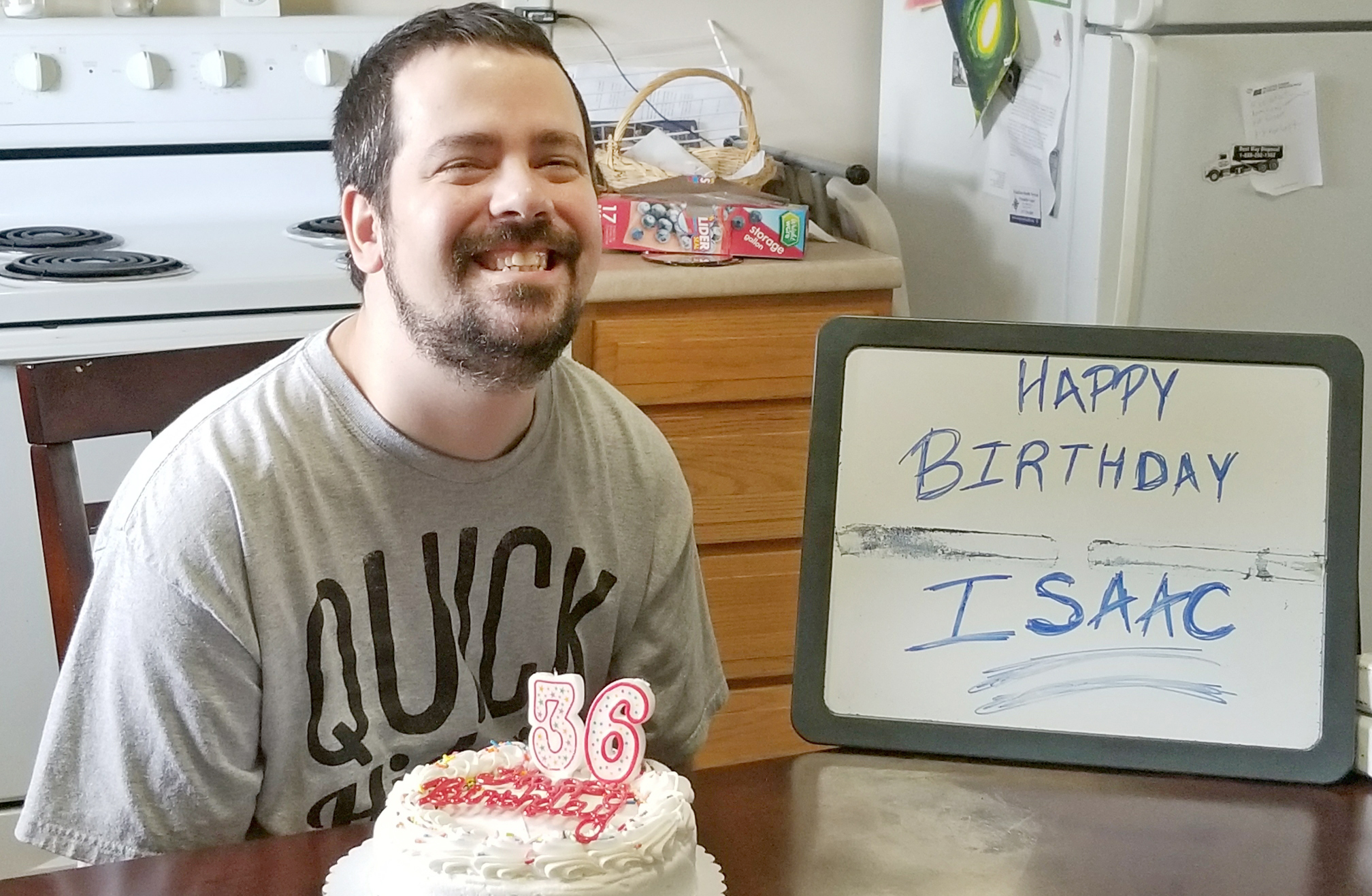
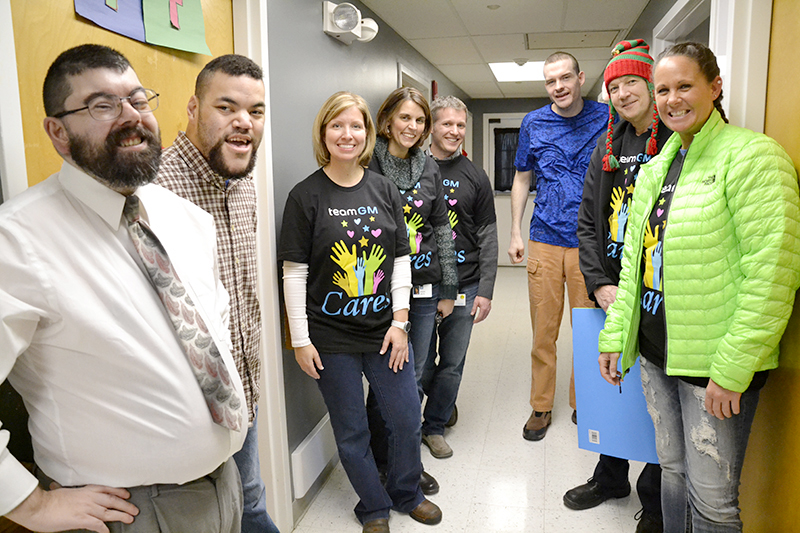
Group-home living provides more structure than a supported-living arrangement, and, for some people, this really works well. It can also be a place for the person to learn household management skills, such as cooking and cleaning, and to improve their personal care before moving into a more independent setting. These homes are staffed around the clock and provide regularity in meals, living arrangements, and household operations, while also supporting individual pursuits to the greatest degree possible.
For many, a group home is the first step out of the person’s family home or another living environment. This can be a giant step toward independence. Anna’s story in the sidebar of this page is a great story of personal growth. When the homes were opened in the 1980s and 1990s, a number of people were able to leave institutions and move back into their home communities in Monroe and Lawrence counties.
Some individuals prefer to stay in their group homes on a long-term basis. Miller House in Bloomington is one example of this. The last person to move into this lovely home on the south side of Bloomington was Bob Smith in 2011. He moved from another Stone Belt group home and, in fact, was the son of one of Stone Belt’s founding families, so his tenure with group-home living is long. Brad Gifford, who was one of the first people to move to Miller house when it opened in 1989, is happy to live out his life there. He stays active and engaged in community living through his job at Indiana University and enjoys socializing with his Miller house family, as well as with his sister who lives nearby.
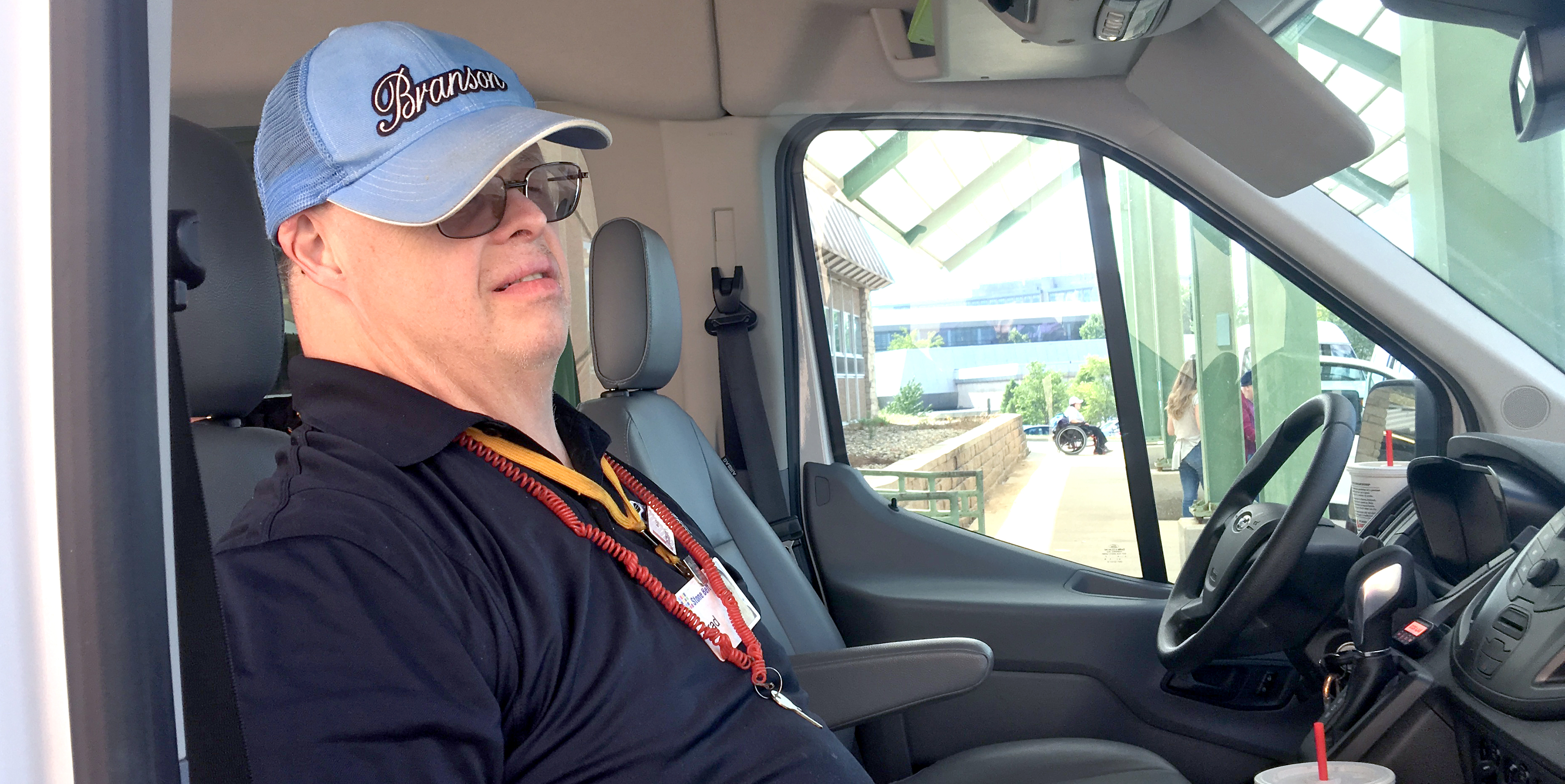
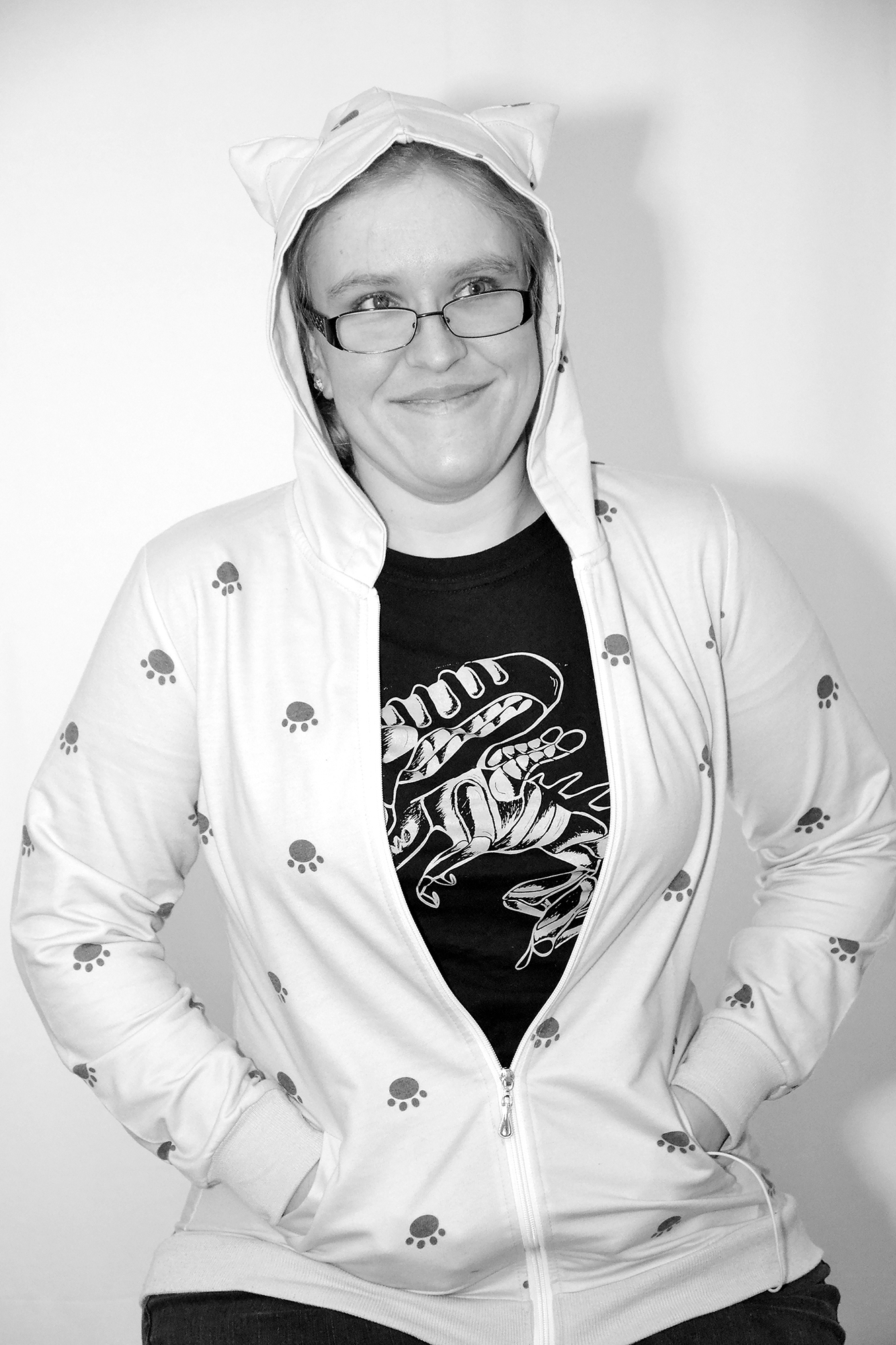
Anna Harner: My Life
By ANNA HARNER
from I Am You: Stories of Resilience, Courage, and Power
The doctor told my mom she was taking a big risk when she adopted me. He said, “There’s a good chance your daughter will completely lose her vision over the course of her life.”
My grandma told my mom that she may have to send me to the Ohio State School for the Blind, and my mom told my grandma, “Over my dead body!” If I was sent to the Ohio State School for the Blind, I would only be able to see my mom on holidays.
I grew up in Ohio and my graduating class only had 84 students. It was one of those cases where everyone knew everybody and everybody knew everybody’s business. It didn’t help that my mom was a teacher at the school.
My birth mother went into the hospital almost 28 years ago because she was having some problem with her blood pressure. She didn’t have an appointment, so they sent her home. As she was about to head home, she started having contractions. They rushed her into an exam room and no sooner got there when her water broke. About 10 to 15 minutes later, I came out, three months early.
As a result, I had a slight hemorrhage in the Wernicke area of the brain, which affects language comprehension. The doctors thought I would have problems with delayed speech, but, boy, did I prove them wrong! I started talking at six months and haven’t stopped since!
Also, my retina was completely detached in my right eye. Doctors couldn’t do anything about it without risking me going completely blind.
My left eye’s vision is 20 over 200—legally blind—which means I can see an eye chart at 20 feet that people with normal vision see at 200 feet. I can see color, but if an object is more than three feet away from me, it’s extremely blurry even with my glasses on.
April 1st, 1996, I had to go in for a risky eye surgery. It was the first one I can remember. My doctor wanted to remove my right eye completely, but instead, doctors took the cataract out and put a fake lens in.
I’ve had more surgeries than I like to remember. The most recent one was July 28th, 2017. I don’t remember much from that surgery, except when I woke up, the first thing I asked was whether or not the surgery was successful, and then I asked my nurse, “Can I have a Pepsi?”
High school was difficult. I was kind of a loner and kept to myself for the most part. I had a couple of close friends, but that’s about it. I lost one of my close friends at the end of sophomore year. He committed suicide. I ended up missing school for a week after I found out.
I had issues with bullying in high school. I prefer not to share those stories.
I will say the bullying got to the point where my mom had to intervene a few times. She also threatened to pull me out of school and homeschool the last few years, because it got so bad. I would pretend to be sick a lot to stay away from the people who would make fun of me.
My younger brother was four years behind me in school, and the last two years of high school he was on the same side of the building as me, so he stuck up for me.
After graduation, I walked out of that building and said, “Halle-freaking-lujah!”
I’d always wanted to go to college, but due to my eyesight and autism it always felt out of reach. Around the end of my first semester of my senior year of high school, I found the answer, and by “me,” I mean my school librarian, Mrs. Kiehl. She came in during the middle of my mom’s Spanish class with a tall stack of papers and said, “I think we found the answer!”
The answer was called the College Internship Program. It teaches young adults with autism and nonverbal learning disabilities important skills and how to be more independent. There are only six centers nationally. The one I went to was in Bloomington, Indiana.
I did a three-week orientation during the summer, and, throughout the school year, they taught me how to budget, manage my bank account, cook without setting off the fire alarm, and many other skills. I could go on and on and on, but we’d be here all night!
The most important part for me and my family was knowing I was in a safe environment. I’d recommend the program to other families who have kids with autism and nonverbal learning disabilities.
Unfortunately, the program was almost over for me as I neared graduation.
Back home the only opportunities for employment were McDonald’s and Walmart. But things are different in Bloomington; there are more employment opportunities for people with disabilities.
When I moved into a group home in August 2015, I started working in the workshop at Stone Belt in the production room. My job assignments vary day to day based on the products we need. I make catheter connectors and heart catheter wire guides for a medical device company. Even though the pay isn’t that great, it feels pretty good to me.
It was a rough beginning at first, because I didn’t know anybody, but now I like my job.
Looking back, I think my grandma would be proud of me for what I do. She had congestive heart failure, and she was probably very familiar with the products we make in the workshop as a result of that. She would be happy the products we make can potentially save lives.
In February 2017, I found out I could transition from a group home into a supported living program. That’s when my search for roommates began.
I had a couple ideas in mind, however, the director of the program said she knew a couple of women who were looking for a third roommate, one of whom I had lived with for a year in the group home. We had become really close friends.
I talked it over with my mom, and she told me it was ultimately my decision. I said, “I’m going for it!”
In my own apartment, I don’t have to have staff wake me up to take my meds. I have an alarm on my phone, and depending on the day, I may grab a cup of coffee after I have my meds, or if it’s the weekend, I may go back to sleep. I have more freedom and control of my life. I don’t feel as boxed in.
I’m also engaged.
We met back in April 2017 when he was working in the workshop production room for a short period of time. Let’s just say the rest is history. We don’t know when we will get married. We will have to figure that out.
I would like to find a job in the community. I like to work—I like money! Ideally, I would like to work in an office. I would like to do something that uses what I learned in college, like human resources.
In five years, I’d like to be married, maybe be a foster parent. I like to travel and would like to go back to Paris someday. I’ve been there twice. My fiance doesn’t know French, so my mom would have to go and be our interpreter.
Family is very important to me. My mom adopted me as a single parent. She had a lot of friends and family that were close to us and very helpful. Without my mom and my stepdad’s support, I probably wouldn’t be here today. If my mom had said no to adopting me, I probably would not be in a very good living situation.
I had a teacher in middle school who had this quote on his bulletin board: “Never say you can’t, because if you do, you never will,” and I think that’s true. When I first started working in the workshop, I didn’t think I could do it because my eyesight would get worse over time. Even the lady who hired me didn’t know if she could use me because of my eyesight. But I proved her wrong.
Believe you can do anything you set your mind to.
© 2017 Stone Belt. All Rights Reserved.



